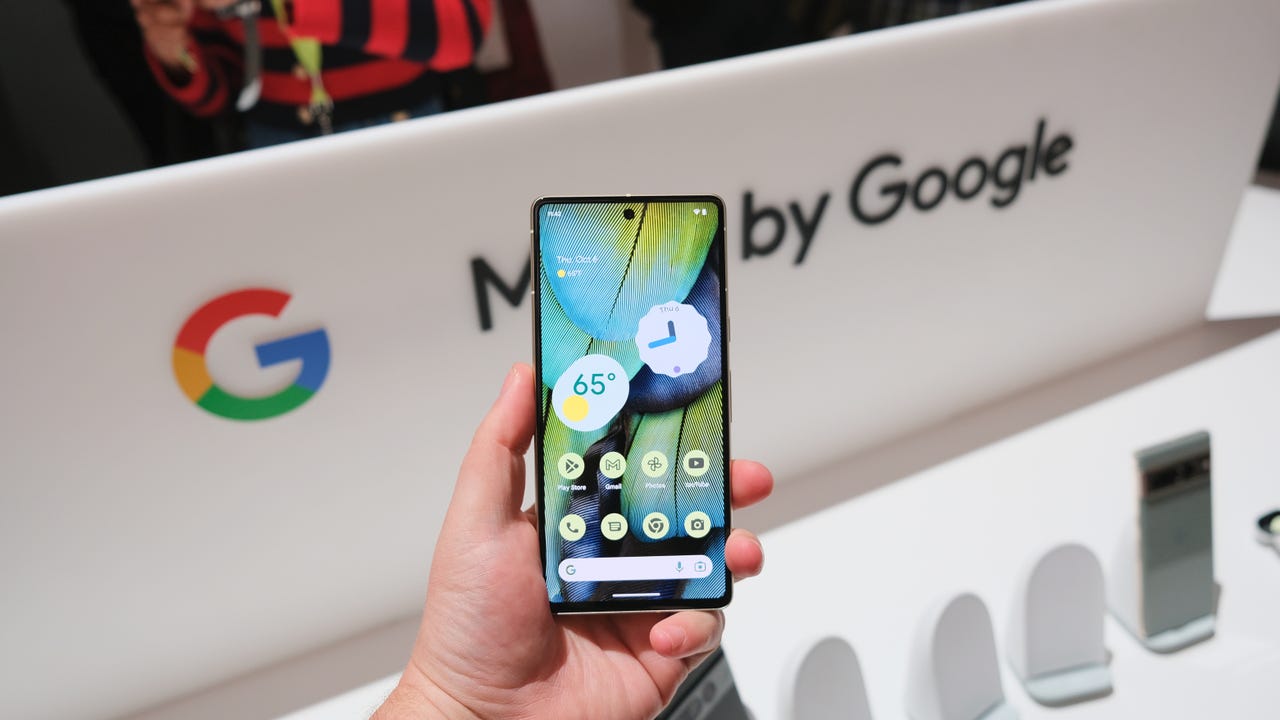
The Pixel line of phones has had a rocky relationship with battery life. The early iterations did a fine job of lasting most of the day. But then the Pixel 4 hit, and battery life took a dive for the abysmal.
Also: What’s the best Pixel phone? Google’s top phones compared
Since then, Google has made it a priority to ensure its flagship phones can endure the rigors of heavy usage throughout the day and keep on going.
Google eked out as much battery life as it could with the Pixel 5, but at the expense of power. Although the underpowered device still performed well, it was nowhere near the flagship level.
Then Google released the Pixel 6, which was far better than the 5 in every aspect. The company then one-upped itself with the Pixel 7, which has been my favorite Pixel in the lineup. It’s fast and has a battery that can go the distance.
But for those with a Pixel 6 or 7 who want to get the absolute most out of their phone’s battery, you’ll want to take advantage of a feature that’s available for Pixel phones from 4a onward.
Also: Pixel 7 phones zoom past Samsung on this one camera feature
The feature in question is called adaptive connectivity. This feature monitors and learns from your network usage. It automatically switches from 5G to 4G when it recognizes what you’re doing doesn’t need the extra bandwidth available to the more intense 5G.
And then, when you need the added speed, Android will bump you back up to 5G.
If you find your Pixel phone battery is draining faster than you think it should, enabling this feature might help. Of course, as with everything, your mileage may vary.
Let me show you how to enable this feature.
What is adaptive connectivity and how do you enable it?
Requirements
The only thing you’ll need for this is any Pixel device starting with the 4a. As long as your Pixel phone supports 5G, it’ll have the feature. That’s it. Let’s save some battery life.
Pull down your Notification Shade twice and tap the gear icon at the bottom right corner to open the Settings app.
You can also open Settings from the App Drawer.
From within the Settings app, tap Network & Internet. Then, at the bottom of that page, tap adaptive connectivity.
Access to adaptive connectivity is found from within Network & Internet in the Android Settings app. Screenshot by Jack Wallen/ZDNET
From the resulting page, tap the ON/OFF slider for adaptive connectivity to enable the feature. Once you’ve done that, you can back out of settings.
Enabling Adaptive connectivity with the flip of a switch. Screenshot by Jack Wallen/ZDNET
The big question
Now that you’ve already enabled adaptive connectivity, the question remains… should you? The answer depends on how prevalent 5G is in your area.
If you have solid 5G in your area, you should definitely enable the feature. If you have spotty 5G… why not? If you have zero 5G coverage in your area, the feature will not benefit your device (at least while you’re in a location bereft of 5G).
Also: How to dramatically improve your Pixel 7’s sound for better music quality
5G is an impressive technology that offers incredible speeds and features. However, the price of those speeds is battery life. If you rely on your device’s battery to make it through the day, and you only need 5G for specific uses, I highly recommend you enable adaptive connectivity.
